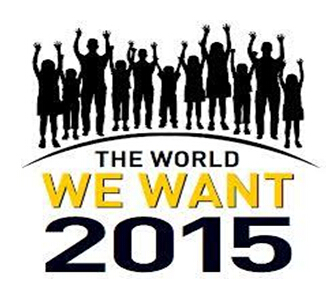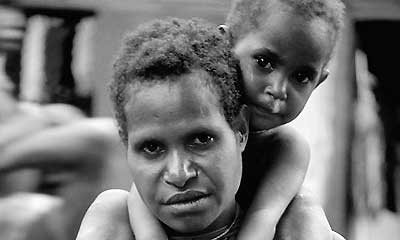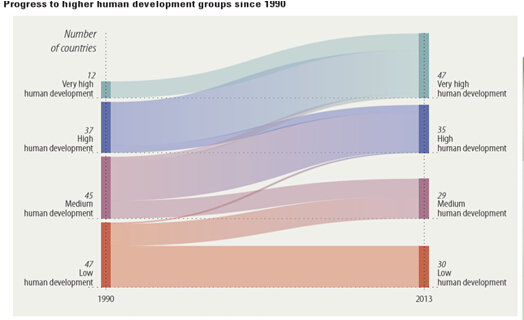
Hannah Ryder, Deputy Country Director of UNDP China, stated that she believes eradicating extreme poverty through poverty reduction and sustainable development is the priority of the post-2015 development era at a forum held Thursday in Beijing.

“There were 400 million people lifted out of poverty during 1990 to 2005, which is equivalent to the total population of Britain and the U.S.”, said Ryder.
14 years ago, the Millennium Development Goals (MDGs), a series of time-bound and quantified targets, galvanized unprecedented global efforts to reduce extreme poverty on behalf of the governments, civil society and other stakeholders.
The eight MDGs, which range from halving extreme poverty rates to halting the spread of HIV/AIDS and providing universal primary education, aimed to tackle the broader concept of poverty while maintaining the traditional definition of poverty as an income of US$1.25 per day internationally.
But low income is not the only root cause of extreme poverty. Education, health and equal rights are also key factors, so a single income-based standard may lead to false policy-making and fund distribution.
According to the Multi-dimensional Poverty Index (MPI), which was introduced in the 2010 Human Development Report to measure deprivation in the three HDI dimensions—health, education and living standards—2.2 billion people live in multidimensional poverty or near-poverty. The MPI measures not only the proportion of deprived people but also the intensity of the deprivation experienced by each poor household, providing a more comprehensive picture.
Ryder reminded her audience that in many countries, both multidimensional poverty and income poverty have decreased, though the rate of progress varies widely. For example, in Indonesia, the number of people living in multidimensional poverty declined faster than the number living in income poverty, while the opposite was true in Peru.
“The ‘leave no one behind’ principle has been central to these discussions, and the eradication of extreme poverty remains as a top priority in the post-2015 development agenda, without any doubt,” Ryder said.
She suggested that developing countries should play a bigger role than before in addressing new challenges such as urbanization and multidimensional poverty elimination, since many developing countries are already middle-income countries with enough financial power.
Under the guidance provided by the State Council Leading Group Office of Poverty Alleviation and Development, the “10•17” Forum aims to establish an insightful, open and practical platform for research, advocacy and exchange in the field of poverty alleviation.

Full text link:http://en.chinagate.cn/2014-10/17/content_33790484.htm
